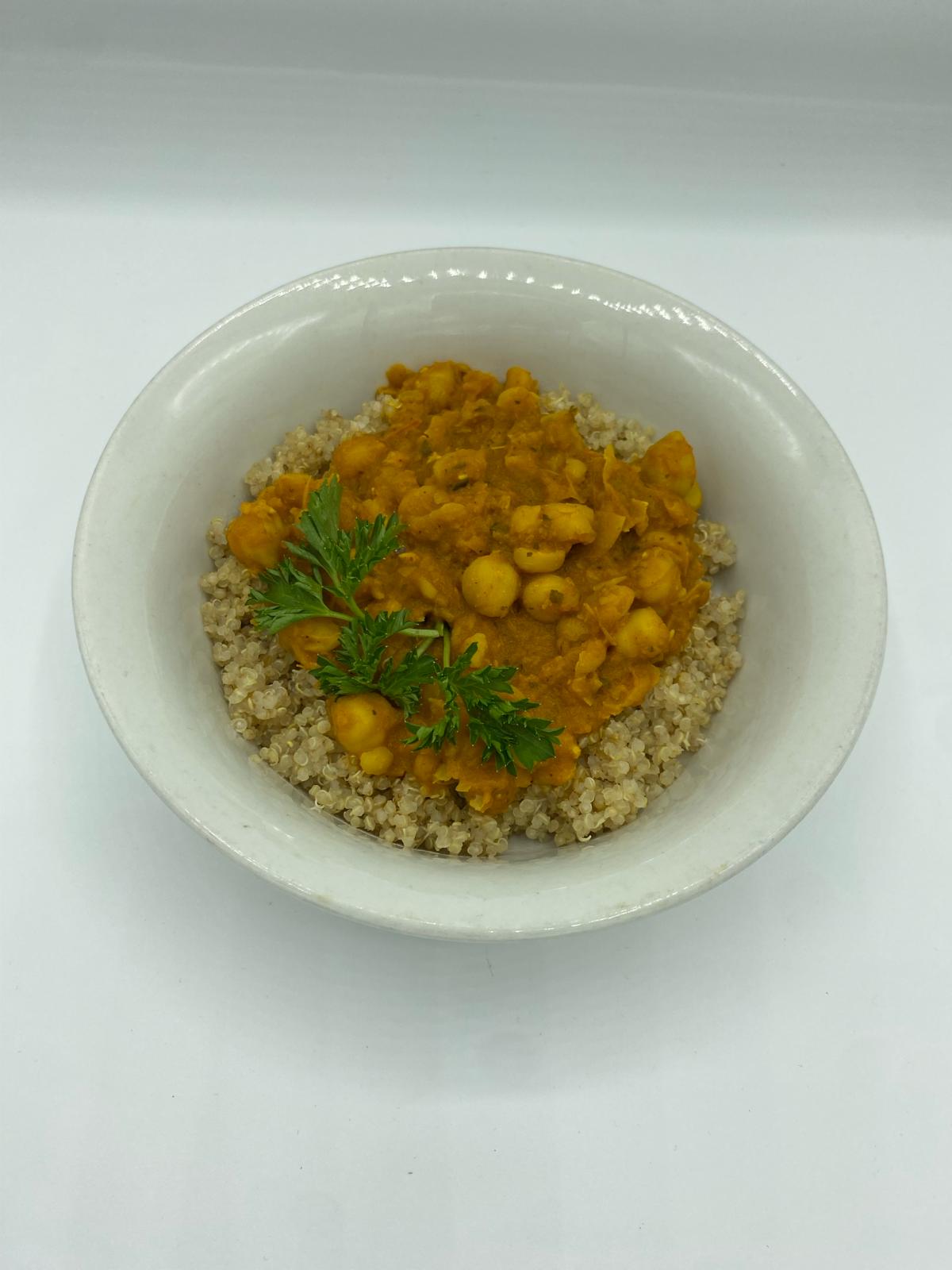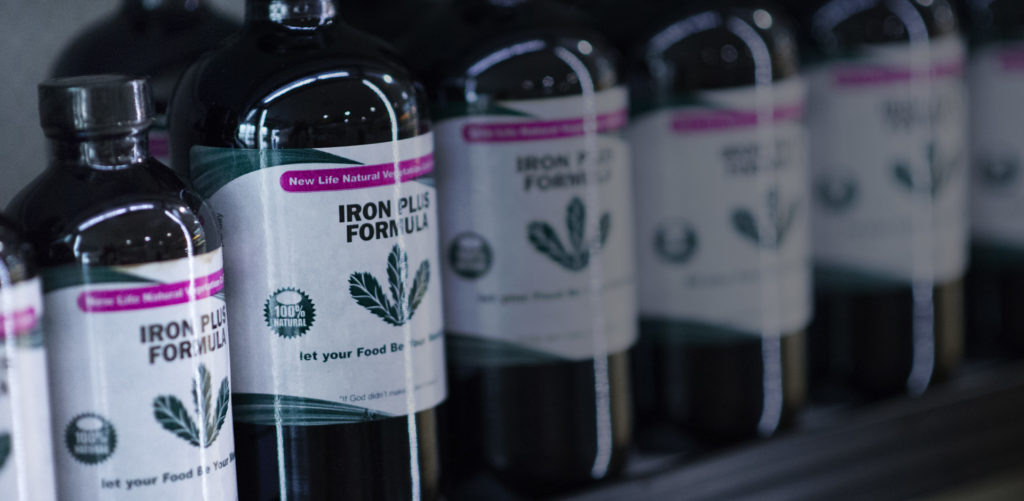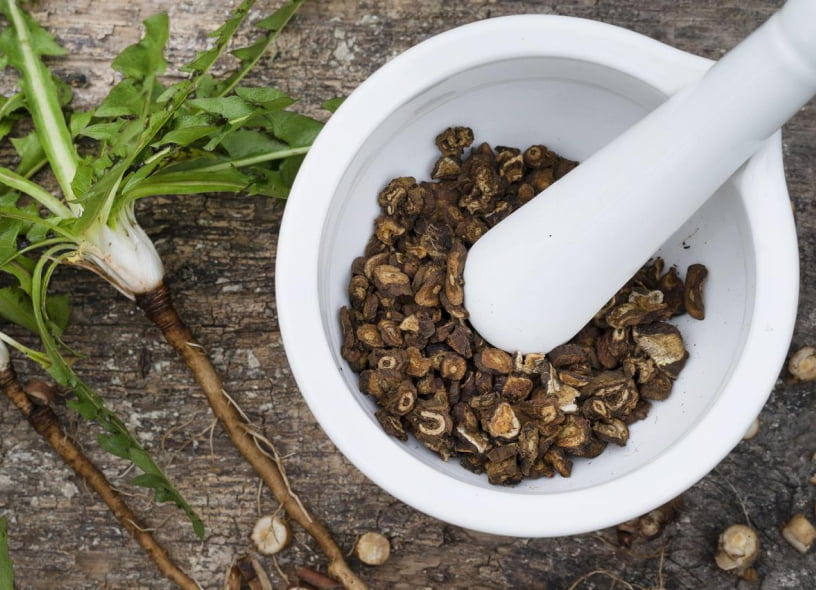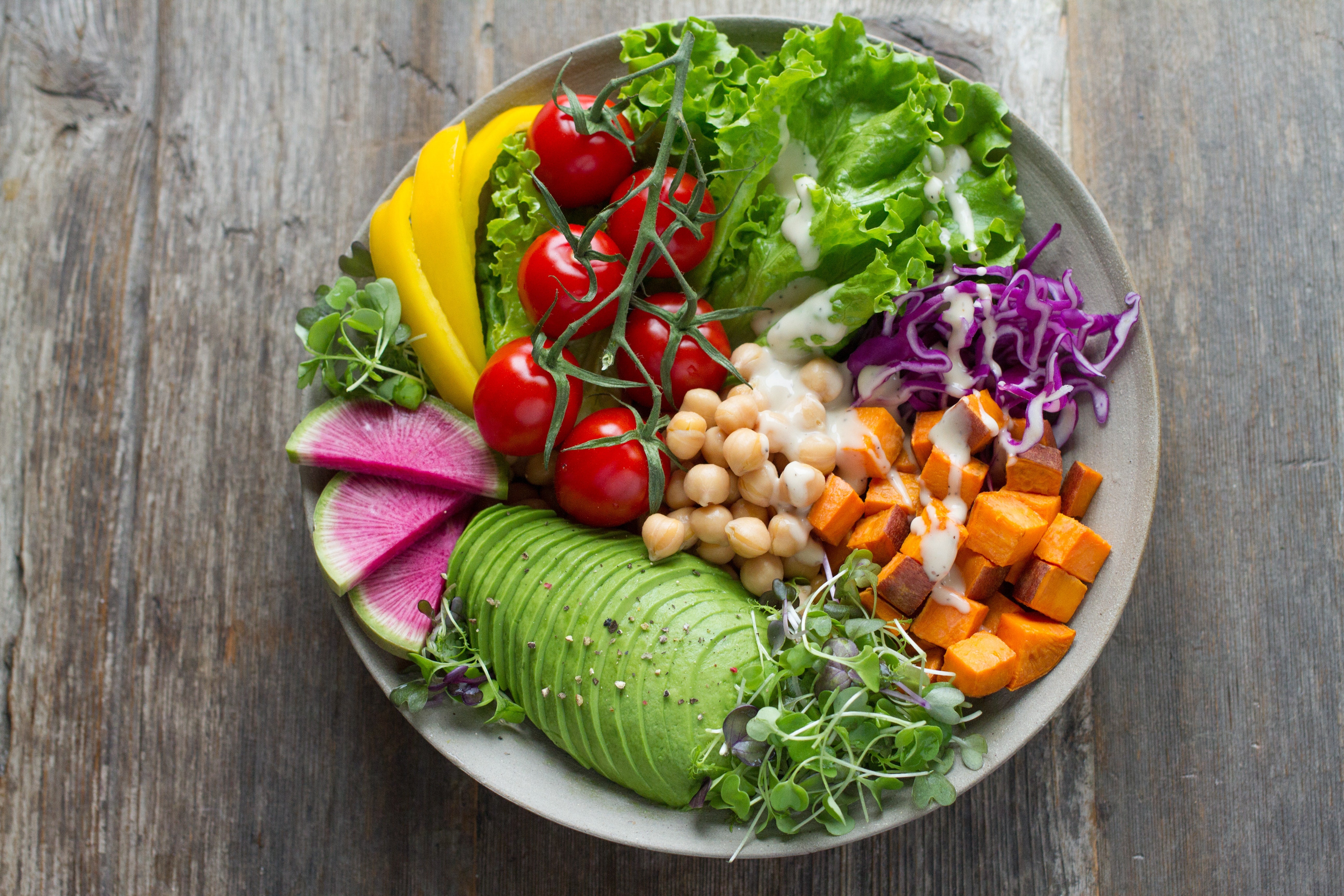
Strokes affect about 15 million people worldwide. It is the third leading cause of death after heart disease and cancer and is the leading cause of disability in the USA. With women being more at risk when they reach 65 years of age. Different researchers agree that it is because women tend to live longer than men. In my personal opinion and based on my experience I believe women have higher levels of stress than men.
Every year 55,000 more women suffer from a stroke than men. A recent study found that more women 45 to 54 years of age suffer from strokes than men in the same age group, which may be indicative of growing rates of obesity and metabolic syndrome in middle-aged women.
5 other reasons why women have more strokes than men are:
Hormonal changes: special after menopause (which according to Dr. Sebi it is just the accumulation of toxins in the body), which brings along High blood pressure: one of the most common risk factors for stroke, High cholesterol and Diabetes.
- Preeclampsia which put women at risk of having strokes even years after pregnancy.
- Cerebrovascular disorders such as aneurysm and subarachnoid hemorrhage, which is bleeding between the brain and the thin tissue that cover it.
- Migraines with aura
- Atrial fibrillation: women are more likely to suffer from this condition which is the irregular rhythm of the heart and one of the highest risk factors for large embolic strokes. Strokes typically occur without any warning at all, so prevention is critical.
But not all news is bad, I promise you that if you are suffering from this condition you can still hope for better. According to the late Dr. Sebi all conditions are reversible.Lets take a look at 11 healthy things that you can implement:
Exercise
Exercising is important on many levels; regular exercise decreases a person’s risk of developing certain diseases, including obesity, type 2 diabetes and high blood pressure.
Exercise contributes not only to losing weight and lowering blood pressure, but it also stands on its own as an independent stroke reducer according to Harvard University. Exercise at a moderate intensity at least five days a week.
Breathe fresh air and get some sun
Low levels of vitamin D increase your risk of risk. According to Johns Hopkins Medical Institutions low levels of vitamin D doubles the risk of stroke in Caucasians.
You can increase your vitamin D levels with exposure to sun and eating more fruits and vegetables.
Having a good supply of oxygen is very important for the body and aids in effective bodily functions.
Get your sleep
Sleeping is the time when the body regenerates and depriving your body from sleep can be the cause for a number of things like:
Heart disease
Which includes: Heart attack, Heart failure, Irregular heart beat, Stroke. Diabetes
High blood pressure can help in doubling or even quadrupling your stroke risk if it is not controlled. “High blood pressure is the biggest contributor to the risk of stroke in both men and women,” Dr. Rost says. Maintaining a blood pressure of less than 135/85 is ideal.
Depression and more.
Quit smoking
Smoking accelerates clot formation in a couple of different ways. It thickens your blood, and it increases the amount of plaque buildup in the arteries. “Along with a healthy diet and regular exercise, smoking cessation is one of the most powerful lifestyle changes that will help you reduce your stroke risk significantly,” Dr. Rost says.
Don’t drink alcohol or do it in moderation.
According to Dr. Rost. “Once you start drinking more than two drinks per day, your risk goes up very sharply.”
Add nuts to your diet
Walnuts, Brazil nuts and Hazel nuts are well recommended.
Add more greens
A number of studies led by Harvard researchers shows that greens turned out to be associated with the strongest protection against major chronic diseases, including a 20% reduction for strokes (and heart disease) for every additional serving.
Natural whole grains
Eating whole grains has been associated with a reduced risk of stroke. Natural whole grains (non-hybrid) can be beneficial for overall health including stroke prevention. According to Dr. Greger 3 serving of whole grains are a must.
More tomatoes:
High levels of lycopene, which is found in tomatoes, may be associated with a significantly reduced risk of stroke. Dr. Sebi recommends only cherry and plum tomatoes.
According to the University of Eastern Finland that followed more than 1,000 Finnish men aged 46 to 55, those with highest lycopene levels were 55% less likely to have a stroke.
Get potassium-rich foods
Eating more potassium-rich foods is associated with a significantly lower stroke risk.
Avocado, Acorn squash, Spinach, Dried apricots, Coconut water, Banana, Wild-caught salmon
Add magnesium-rich foods
Higher magnesium intake is associated with a reduced risk of stroke.
Leafy greens, and whole grains are all loaded with magnesium.
My recommendation is: don’t wait to have any symptoms, be proactive and start implementing good habits to prevent strokes or any other disease. At the end prevention is better than cure!
The National Stroke Association has created an easy acronym to help you remember, and act on, the signs of a stroke.













